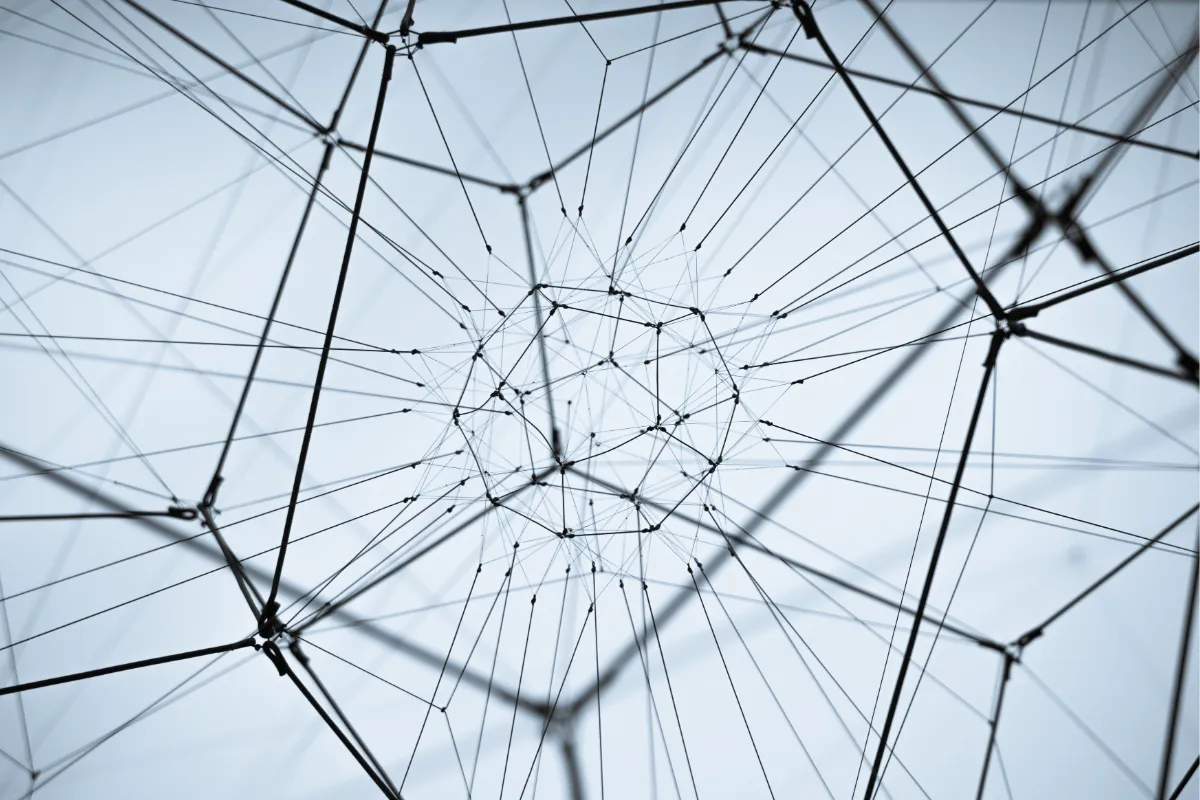
Embracing Change - How Collective Intelligence Turns Chaos into Opportunity
The pace of change has outgrown our ability to manage it.
That’s the uncomfortable truth.
We’ve spent decades inventing models, frameworks, and processes to “handle disruption.” But disruption doesn’t ask for permission. It tears through the spreadsheet, ignores the quarterly plan, and laughs at your re-org.
So here’s the real question: if change is the constant, how do we build organizations that don’t just withstand it—but expand because of it?
The Hidden Cost of “More of the Same”
Walk into any office today and you’ll feel it in the air: fatigue.
Teams are juggling new technologies, shifting strategies, and endless pivots. Leaders whisper about burnout while pushing yet another transformation project down the line. Engagement surveys tell the same story—employees are checking out.
It’s not because people can’t adapt. It’s because most companies still treat change as a project, not a culture. They optimize for control when what they need is capacity.
Collective Intelligence: The Missing Link
According to the 2025 HBI Global Leadership Study, 55% of organizations list AI integration as their top business priority. That’s no surprise. But here’s what’s surprising: the real competitive edge isn’t AI itself. It’s the partnership between humans and machines—the ability to weave data-driven speed with human nuance.
That’s what we call collective intelligence: humans and AI learning from each other, faster and smarter, amplifying what neither could achieve alone.
But there’s a catch. AI can crunch data, predict patterns, even draft strategies. What it cannot do is build trust, resolve conflict, or inspire courage. That’s where leaders come in—with something algorithms will never replicate: emotional intelligence.
Emotional Intelligence: The Human Advantage
Forbes recently called EQ a “strategic weapon” in the age of AI. And it is. Self-awareness, empathy, and emotional regulation are no longer “soft skills”—they’re survival skills.
When leaders show up with empathy, they create psychological safety. When teams feel safe, they take risks, share ideas, and adapt faster. And when adaptation becomes culture, innovation follows.
That’s the loop: emotional intelligence fuels collaboration, collaboration fuels innovation, and innovation keeps organizations future-ready.
Five Practices to Grow Collective Resilience
If you’re wondering how to bring this alive in your own workplace, start here:
Breathe Before You Respond – A three-second pause before reacting to stress rewires the space between trigger and response.
Mindful Meetings – Begin with one minute of grounding. Presence beats speed.
Gratitude in Action – Invite your team to notice wins, not just gaps. It shifts the energy of engagement.
Focus on One Thing – Multitasking kills innovation. Single-tasking fuels quality.
Walking Wisdom – Step outside. Reflection thrives in motion, not in inboxes.
None of these require new software. Just new habits. And that’s the real shift: learning to step out of our survival brain and regulate our nervous system. Because if you don’t train your brain to work for you, it will work against you.
The Neuroscience of Resilience
Here’s the science: under constant pressure, the brain defaults to its oldest wiring—the amygdala-driven survival mode. Fight, flight, freeze. Perfect for running from predators. Disastrous for leading teams through transformation.
Neuroscience shows that emotional regulation practices—like deep breathing, mindfulness, and gratitude—activate the prefrontal cortex. That’s where judgment, empathy, and creative problem-solving live.
When leaders train their nervous system this way, they literally shift from reacting to creating. From survival mode to innovation mode.
And this is where the bridge to collective intelligence comes in: machines can analyze data at scale, but only a regulated human brain can imagine, empathize, and collaborate in ways that make that data meaningful.
The Bottom Line
The HBI Report makes it clear: the race is no longer about who has the best tech. It’s about who can learn and adapt the fastest. And the fastest learners are those who blend machine intelligence with human depth.
But here’s the catch: you can’t unlock that human depth if your people are stuck in survival mode. That’s why investing in emotional intelligence, mindful leadership, and human-centered cultures isn’t a luxury. It’s the only strategy that scales.
The future belongs to organizations that know how to combine the precision of AI with the wisdom of empathy. The storm isn’t slowing down. But with collective intelligence, you don’t have to fight it. You can ride it.
Explore how we help leaders build cultural transformation training that fuels resilience and collaboration.
Or dive deeper into how resilience becomes ROI: The Resilience Revolution.
Final thought: Chaos is inevitable. Collapse is optional. Collective intelligence—rooted in emotional intelligence—is how we turn uncertainty into opportunity.

